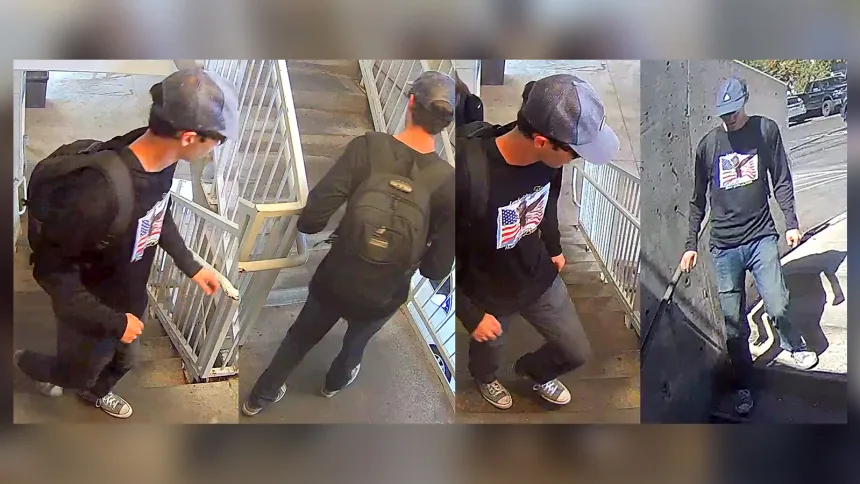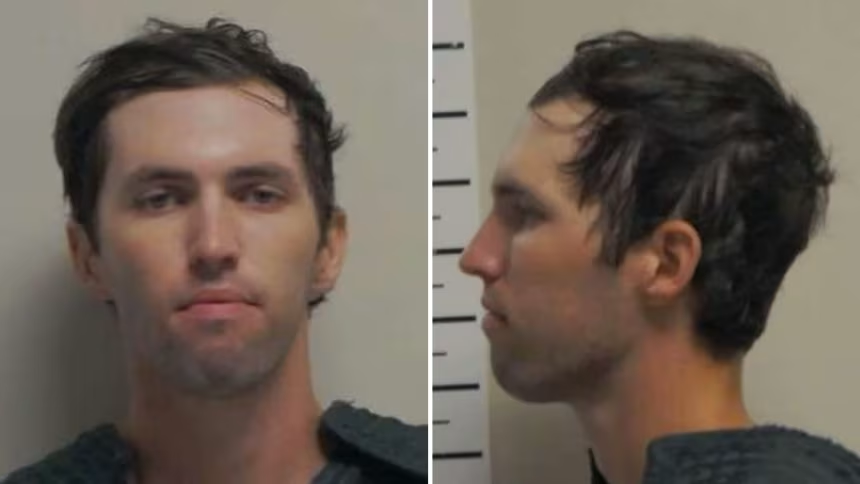Like thousands of Americans captivated by the manhunt for the shooter who killed conservative political activist Charlie Kirk, a Utah father had seen the photos and video footage of the suspect released by authorities.
The man in the images, dressed in a black T-shirt plastered with an eagle and American flag, could be seen jumping off the roof of a Utah university building after the shooting and running into a wooded area. His face was partially concealed by a dark pair of sunglasses and a baseball cap.
But the father recognized the man.
“Tyler, is this you? This looks like you,” he asked his son, according to a law enforcement official briefed on the investigation.
His son, 22-year-old Tyler Robinson, confessed to his father that he had shot Kirk, the official told CNN.
“I would rather kill myself than turn myself in,” Robinson responded when his father urged him to turn himself in to authorities, the source said.
The father persuaded Robinson to confide in a youth pastor who works with the Washington County Sheriff’s Office and the US Marshal’s Service, the law enforcement source said.
A family friend ultimately contacted the Washington County Sheriff’s Office – over three hours away from the shooting scene in Orem, Utah. The office relayed the tip to authorities in Utah County and the FBI.
That night – hours after authorities said they had “no idea” where exactly the suspect had gone – Robinson was in custody. It was 10 p.m. Thursday in Utah, and state and federal officials had about two hours earlier given a news conference asking the public for help finding the suspect.
“We got him,” Utah Gov. Spencer Cox said at a news conference Friday morning.
The FBI had at that point received over 7,000 leads and tips – the most the agency received since the Boston Marathon bombing in 2013, the governor said. But that one tip from Robinson’s father and family friend led to a major break in the massive manhunt.
It had taken authorities more than 30 hours to track down Robinson, who they allege shot Kirk from a roof above a 3,000-person event at Utah Valley University, striking him in the neck from about 150 yards away and killing him.

After nearly 200 interviews, the collaboration of 20 law enforcement agencies, a $100,000 reward announcement and a back-and-forth search in which two people were questioned and released, the FBI and the Utah Department of Public Safety finally believed they caught the perpetrator of the targeted attack.
Across the country, the killing of the prominent political figure and media personality – the latest in a string of political violence incidents – had sowed shock and confusion. A gruesome video of the shooting that sent the crowd screaming and fleeing spread through social media. In Utah and elsewhere, many waited for a suspect to be named in a case that had a series of twists and turns.



